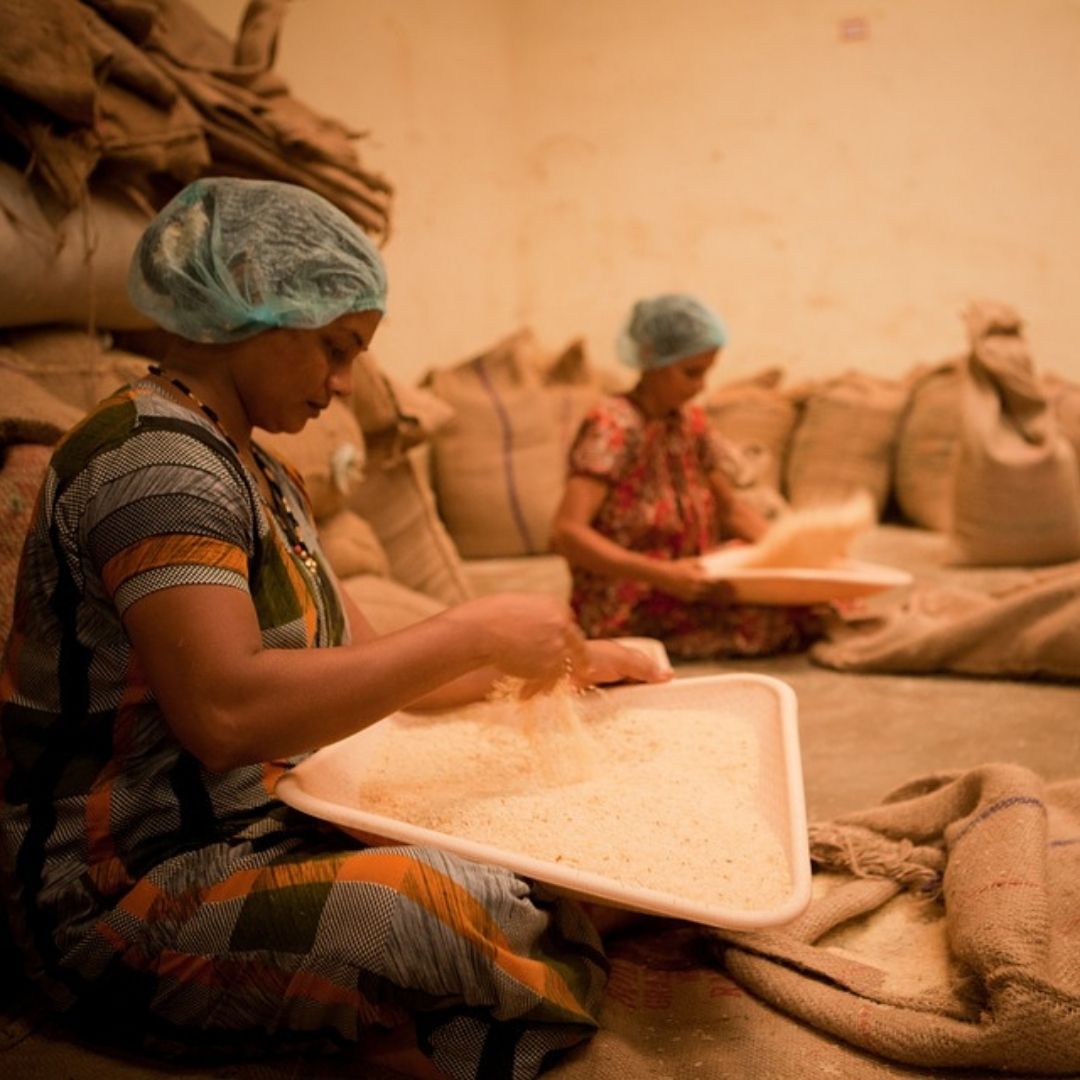
Image Credit: Pixabay (Representational)
Push Of Equality! Employable Women Jobseekers Rise By 2 Crore In 5 Years, Says Report
Writer: Ratika Rana
Her primary objective is to inform, promote, educate and cultivate readers through writing.
India, 2 Feb 2022 8:11 AM GMT
Editor : Snehadri Sarkar |
While he is a massive sports fanatic, his interest also lies in mainstream news and nitpicking trending and less talked about everyday issues.
Creatives : Ratika Rana
Her primary objective is to inform, promote, educate and cultivate readers through writing.
While the pandemic has disturbed the linear approach from working in physical locations to hybrid and remote working, structural and cultural changes have aided the increase in participation of women.
For centuries, the world has seen a bias towards the masculine gender. Women have been at a disadvantage in workplaces, homes, sports, and healthcare. In emergencies like the pandemic, women and children are amongst the most vulnerable groups in society. However, Avtar's 2022 Status of Women in Workforce Participation in India report suggests that the number of employable women jobseekers is expected to be 7.6 crores this year compared to 5.7 crores in 2016. The report mentions that companies are moving towards gender equality ratios through a combination of career development, male allyship, and second career programmes.
Increase In Female Enrollment For Higher Education
The enrollment of female students in higher education has also witnessed an increase of 18.2 per cent in the last five years. The progress would increase their chances of eligibility for entry-level talent jobs in the pipeline. This year, the top three industries looking forward to womenfolk in their workforce are Information Technology (IT), IT-enabled services and banking, financial services and insurance (BFSI). The Economic Times quoted Saundarya Rajesh, the founder of diversity consulting firm Avtar,
"We would be adding two crores women to the workforce in a short span of five years as the organizations have started hiring in big numbers. This is definitely a cause to cheer".
The Pharma industry is all set to witness a 7-percentage point in employing women to 35 per cent, from what was 28 per cent five years ago. At the same time, the pandemic has disturbed the linear approach from working in physical locations to hybrid and remote working. However, structural and cultural changes have aided the increase in the participation of women. The report also shows that over 3.8 lakh companies are looking forward to offering remote work this year, almost double that of 2016. Rajesh further added that India was now looking forward to attracting more foreign direct investment (FDI) and creating more unicorns this year. Therefore, she said, increased employable women in the workforce is a formidable force to create value and improve diversity balance.
Upskilling- A Key Priority
Compared to 1.7 lakh companies in 2016, upskilling has become a key priority in 3.9 lakh companies. Moreover, the number of companies that offer male allies at the workplace intending to augment personal growth, create an inclusive culture and challenge the deep-rooted stereotypes has notably improved. After the pandemic, hundreds of firms have internalized the need for better child care. Thus, the number of firms offering child-care support to men and women saw a four-fold increase from 165 in 2016 to 581 in 2021. Near-home or near-work creches are also likely to see an upward trend shortly.
The caregiver policies that would give women to engage in-house caregivers would also increase in all likelihood. In 2021, about 481 firms were offering second-career options for those looking to return to their jobs after a break compared to 191 in 2016. The choice to return to their careers would benefit more than 27 lakh women.
The Flip Side Of The Coin
On the other hand, another study by Innovative for What Works To Advance Women And Girls in the Economy (IWWAGE) published a report titled Women and Work: How India Fared in 2020. The report highlighted that even though pandemic has had a lasting impact on women, the group that has seen the worst of the health crisis is women and girls. Policymakers, civil society organizations, economists, donors in the social sector, grassroots leaders are all trying to gauge the extent to which the pandemic has impacted women in a bid to chart out a gender-responsive recovery plan.
The organization extensively looked at and followed the critical trends of policymakers that shaped and defined the life of women in India in 2020 and 2021. It considered social and economic indicators, female labour force participation, barriers to work and livelihood, digital access, skilling, access to education and violence against women. The periodic labour force survey of 2018-19 mentioned that the female participation labour force in rural areas was barely 19.1 per cent compared to just over 16 per cent in the urban areas. At the same time, the participation of men was above 55 per cent.
A report by the Centre for Monitoring Indian Economy (CMIE) showed that the unemployment rate during the lockdowns was higher in women than men, more so in the urban areas. However, the data slightly improved after April 2021; the figures still did not reach pre-pandemic levels.
Moreover, even though more women than men lost their jobs, CMIE reports that the number of women looking to rejoin work each month has gone down by 3 million. Compared to 2019, over 22 per cent fewer women will be employed in 2021. In contrast, the males actively looking for jobs rose by 19.7 per cent in 2021 in urban India, compared to 14.7 per cent in rural India.
Importance Of Having Women Employees
Women play an essential role in bringing in diversity in the workforce. By increasing gender parity at workplaces, India could contribute over $700 billion to the global GDP. On a micro level, working women become financially independent and have greater control over their own lives. This encourages women to stand against physical and emotional abuse, enabling them to handle social issues and pressures independently. The families of working women can also enjoy a higher quality of living due to additional income.
Lastly, women contribute to building an inspiring work culture by bringing in healthy competition, fostering teamwork, bonding, and helping the organizations grow to their full potential.
 All section
All section














